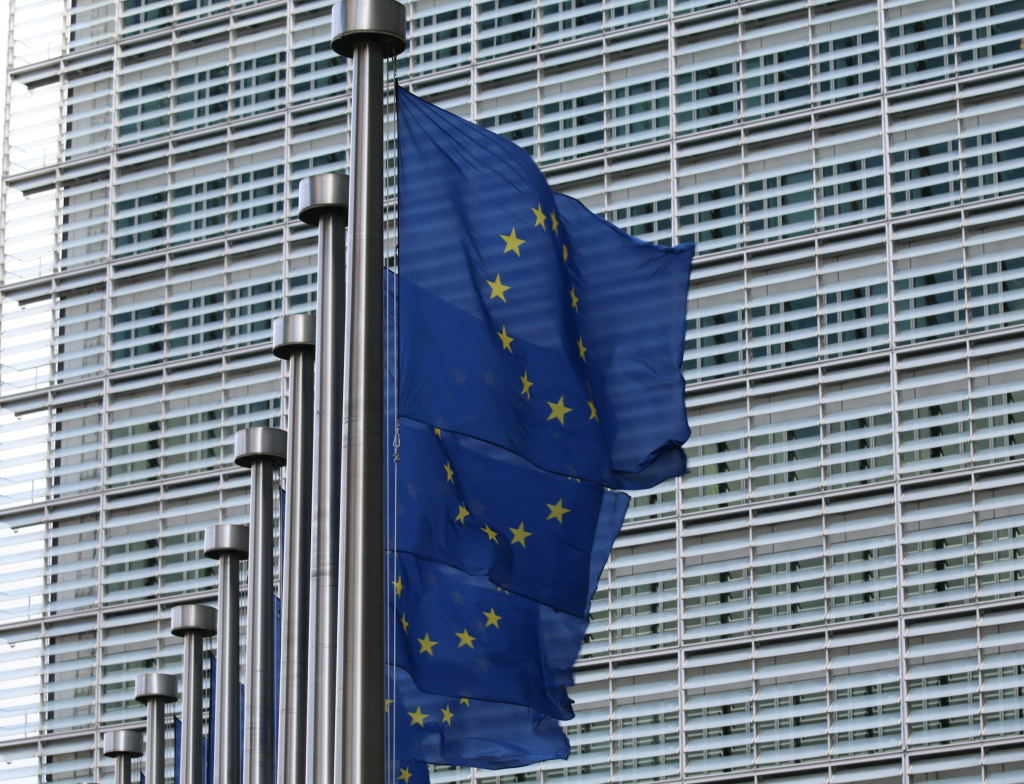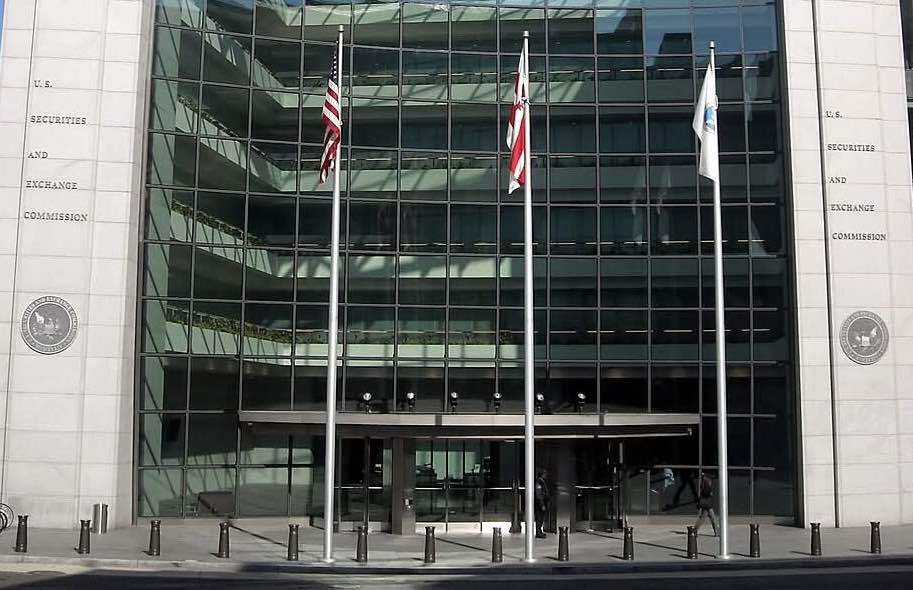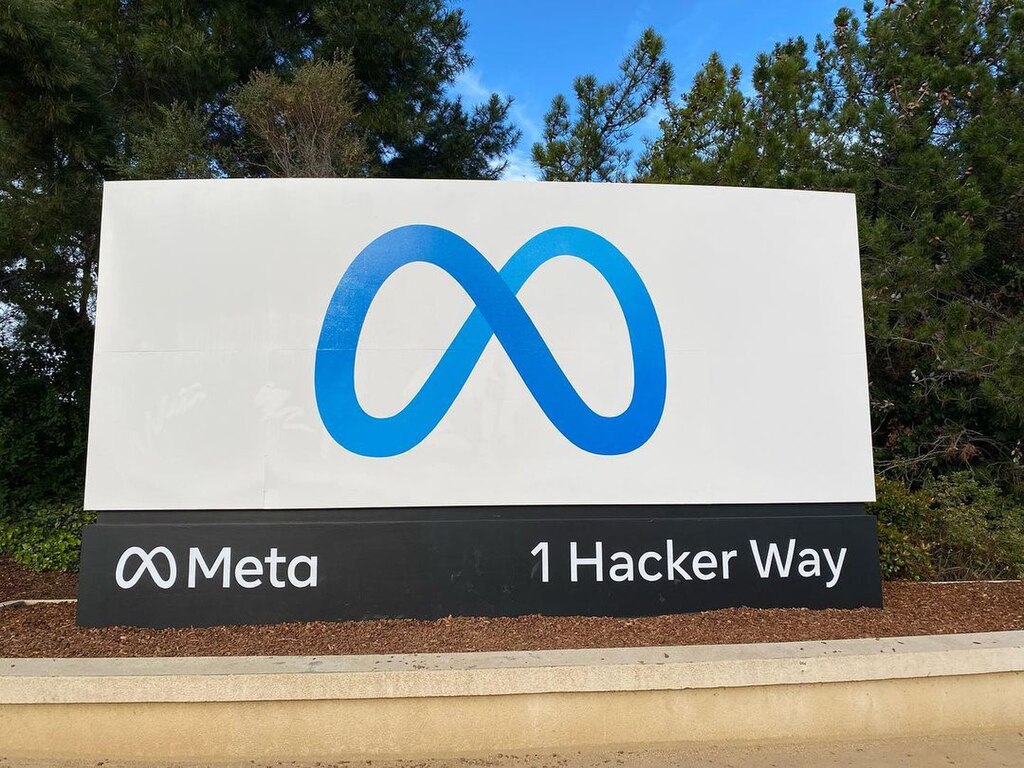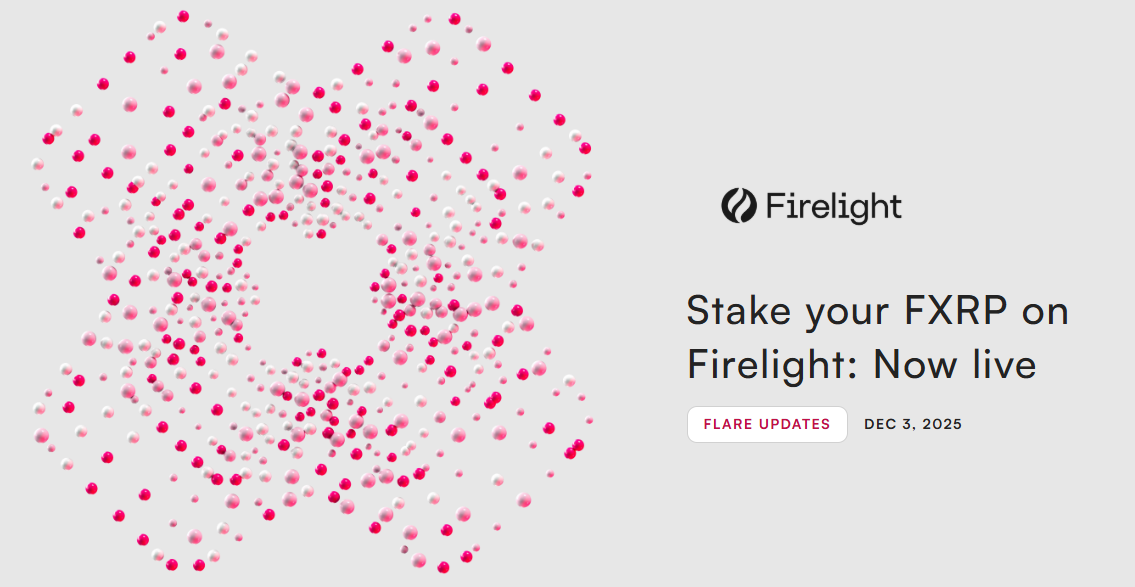The regulatory framework known as MiCA, enacted in 2022, is instrumental in structuring the landscape of crypto assets within the European Union, particularly in delineating which crypto assets fall under the purview of MiFID II, a pivotal issue in financial regulation.
ESMA Consultation Papers Shed Light
On January 29, the European Securities and Markets Authority (ESMA), the EU's securities regulator, released two consultation papers addressing critical aspects of MiCA implementation. One paper scrutinizes the concept of "reverse solicitation," whereby non-EU crypto firms can cater to EU clients but solely upon the client's initiation. ESMA aims to ensure that this exemption is not exploited, thus safeguarding the interests of EU investors.
According to Coin Telegraph, the second paper delves into classifying crypto assets as financial instruments. This determination dictates the regulatory framework applicable: the specific regulations outlined in MiCA or the broader regulatory framework governing financial instruments as stipulated in MiFID II.
Balancing Rigor and Flexibility in Regulation
ESMA has issued stringent guidelines for non-EU crypto firms, stipulating that engagement with EU clients is permissible only under tightly controlled conditions. Central to these guidelines is the principle of 'reverse solicitation,' underscoring that EU clients must initiate any service provision from non-EU firms.
However, ESMA underscores the narrow scope of this provision, emphasizing that it should be treated as an exception rather than the norm. In collaboration with national regulators, ESMA pledges to enforce robust measures to shield EU investors and compliant entities from undue intrusion by non-EU firms failing to adhere to MiCA standards.
The proposed guidelines seek to harmonize the recent MiCA rules with the preexisting Markets in Financial Instruments Directive II (MiFID II). While MiCA outlines a regulatory framework for cryptocurrencies, MiFID II governs traditional financial instruments such as securities.
Consultation and Feedback Process
ESMA anticipates a nuanced approach to regulation, aiming to balance providing guidance and avoiding a rigid, one-size-fits-all approach.
Crypto Times invites stakeholders to provide feedback on both consultation papers by April 29, 2024. ESMA will carefully consider this input in the second quarter of 2024, with plans to publish a final report in the fourth quarter of the same year, signaling a comprehensive and collaborative effort in shaping the regulatory landscape for crypto assets within the EU.
Photo: Guillaume Perigois/Unsplash


























Comment 0